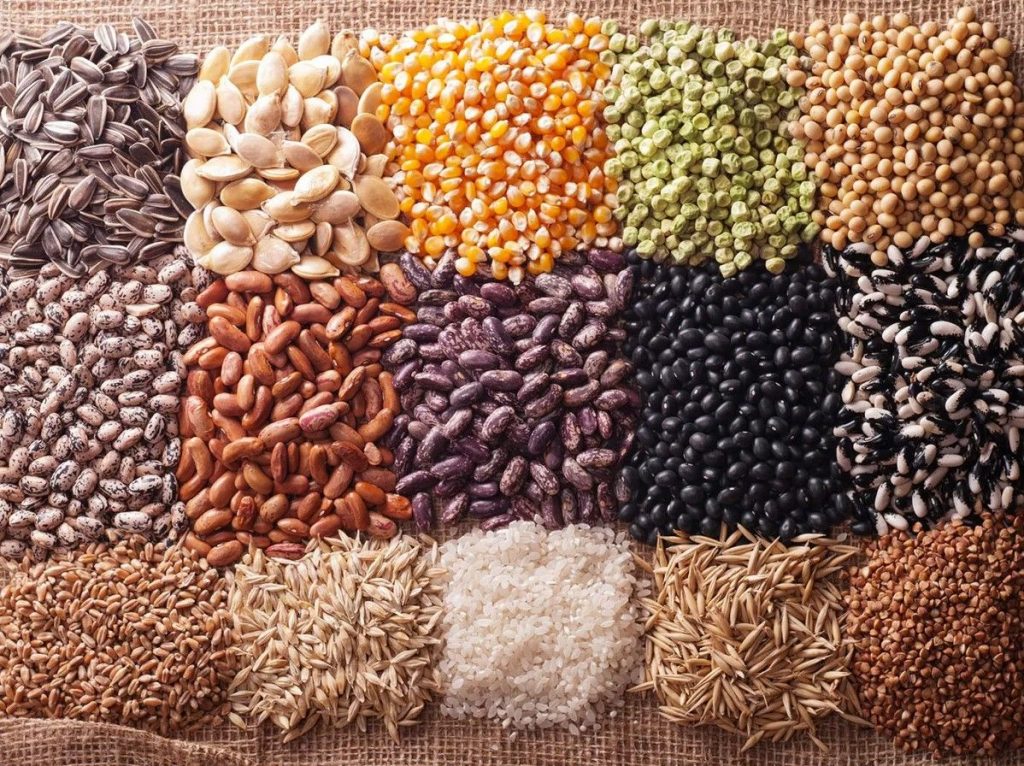The NSW dairy farmer uses data gathered from his monthly herd tests to not only make breeding and culling decisions but to also help him plan the next 12 months.
Robust breed data is so important to his farm business that five years ago he made the switch to milking and breeding Aussie Reds.
“Moyola Aussie Reds is part of the evolution to make better choices with more information,” Mr Gallagher said.
“Pretty much, it was my quest for information which guided me to where I am now.”
Unless you have the correct information, you can’t make a correct decision.
– Warren Gallagher
Mr Gallager milks 240 Aussie Reds at Clunes, 40 kilometres inland from Byron Bay in northern NSW.
Monthly herd recording has been a ritual at the farm for 44 years.
Mr Gallagher also reports his heifer workability traits each year to assist with DataGene’s genetic evaluation system.
Australian Breeding Values (ABVs) for a bull’s milking speed, temperament and likeability are based on workability reports provided by dairy farmers like Mr Gallagher.
When it comes to information, Mr Gallagher said “every bit counts.”
“If I don’t have information, I can’t plan,” he said.
“Herd recording used to be more about milk – focusing on production – now I concentrate more on cell counts.
“It helps to make decisions because unless you have the correct information, you can’t make a correct decision.”
The herd’s information is stored in the Easy Dairy computer program.
When a heifer enters the dairy for the first time, the computer program recognises this and prompts Mr Gallagher to score its workability traits a month after it has calved.
“It is very simple to record,” he said.
“It is super easy to put it in and certainly no trouble, all you do is tab across and it keeps telling you what to do.
“I guess we all have a responsibility to help the industry out by supplying data.”
When it comes to scoring a heifers’ likeability, “I ask myself, do I see her as a potential old cow,” he said.
Since moving across to Aussie Reds, temperament and milking speed have both been consistently good across Mr Gallagher’s herd and his workability reports reflect this.
Breeding priorities
Udders and a cow’s dairy strength or type are the most important breeding objectives for the Moyola Aussie Red herd.
Mr Gallagher believes these two traits contribute to a cow’s longevity.
To select the bulls used to join the milking herd, Mr Gallagher examines the sires offered by his preferred breeding company and then checks their Good Bulls status and rankings for udder and type.
Rearing only 40 heifers a year, dairy bulls are used to artificially inseminate 100 of the best cows each year.
These cows are identified through their herd recording data as well as their udder and frame.
The rest of the herd – about 140 – are joined to beef bulls.
Mr Gallagher has a market for his beef-cross animals, but this breeding program helps him manage the workload as the sole farm operator.
He said the frame of an Aussie Red provided it with a higher meat value than other dairy breeds when sold directly to an abattoir.
Until recently, the Clunes area had been dry and Mr Gallagher relied on feeding bought-in hay, hand feeding for only the second time in his farming career.
Normally, the cow’s milk from 61 hectares of irrigated pasture with dry cows fed round bale silage made from summer grasses.
Milkers are supplemented with up to 8kg/cow/day combination of corn, wheat and canola meal.
Producing 1.6 million litres of milk for the year, Mr Gallagher said the alteration to the diet at the end of the herd’s lactation didn’t affect the Aussie Reds.
Thanks to a strong history of herd recording, he has the data to back this up.













